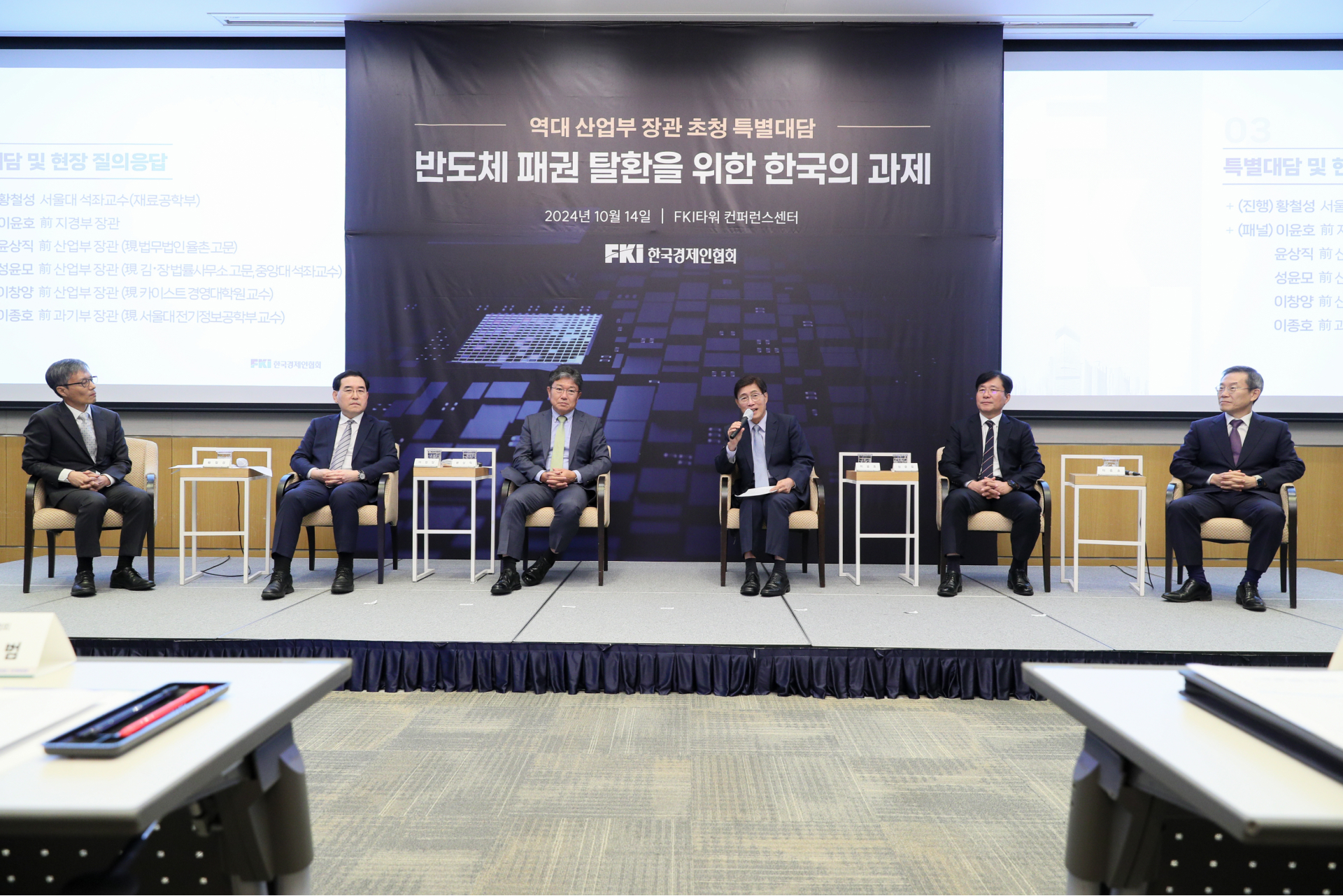The Future of Semiconductors
The Gray Rhino1 of the Korean
Semiconductor Industry:
How Will We Overcome It?
- 1. The threats that we can see and acknowledge yet do nothing about
The world is in the midst of a semiconductor war. The US, China, Japan, and others view the semiconductor industry as a keystone to national competitiveness and are offering significant nationallevel support. Despite accounting for about 20% of South Korea’s total exports, our semiconductor industry is at risk of falling behind in the global competition due to weak policy investment and support. Amid the emergence of a gray rhino in the domestic semiconductor sector, a discussion was organized with former ministers of industry, trade, and science to explore the future of the semiconductor industry.
Organized by Hye-won Kim
Photographer Dong-yeol Kim
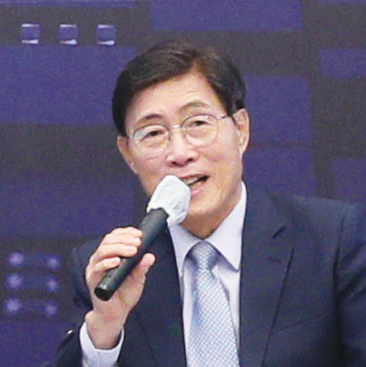
Youn-ho Lee
- Former Minister of Knowledge Economy (2008–2009)
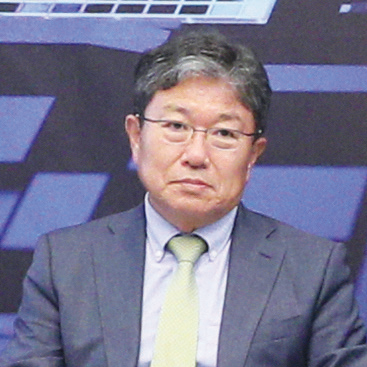
Sang-jik Yoon
- Former Minister of Trade, Industry and Energy (2013–2016)
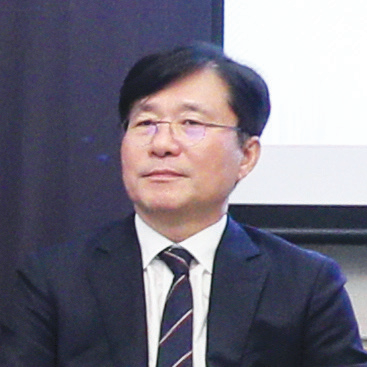
Yun-mo Sung
- Former Minister of Trade, Industry and Energy (2018–2021)

Chang-yang Lee
- Former Minister of Trade, Industry and Energy (2022–2023)
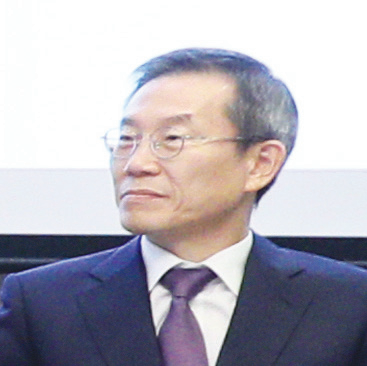
Jong-ho Lee
- Former Minister of Science and ICT (2022–2024)
Youn-ho Lee I believe that our semiconductor industry has reached a critical turning point. Semiconductors are key components that determine the competitiveness of a product, an industry, and even a nation. While Korea has secured a leading position in memory semiconductors, we have yet to capture even 3% of the nonmemory semiconductor market, an increasingly crucial area in the AI era.
Therefore, to win the technological hegemony battle, substantial government support is needed. The US, Japan, and China, as well as Taiwan, have laid out their roadmaps. However, our country seems hesitant to provide subsidies, fearing it could be seen as benefiting large corporations. Now is the time for a shift in mindset. Shouldn’t we expand support for semiconductors as a national strategic industry, one directly linked to national security? Various measures, such as direct subsidies, financial support, and tax incentives, should be considered. Semiconductor support must be urgent and groundbreaking if we are to succeed.
Yun-mo Sung When contemplating support for the semiconductor industry, we must act faster, provide more, and offer better support than other countries to ensure that Korea’s semiconductor industry remains globally competitive. The US has committed $25.7 billion, China has already invested 650 billion yuan, and Japan provides support of 40-50%. In contrast, the main support offered by our government is tax credits. For semiconductor facility investment, a 15% tax credit is offered, and for research and development, 30-40% credits are available, but these are subject to sunset clauses.
Sang-jik Yoon The semiconductor industry requires vast amounts of energy. With the rise of AI semiconductor technology in the AI era, the demand for power is surging. A single semiconductor cluster requires 10 gigawatts of electricity, equivalent to the output of 10 nuclear power plants. Once the ecosystem is fully established, it’s expected to consume 5 gigawatts of power. AI data centers are projected to require 49 gigawatts of power by 2029. Combined with other requirements, this totals nearly 64 gigawatts. Considering that the current domestic power capacity is around 120 gigawatts, future plans are necessary. Without a stable power supply, the semiconductor industry and the broader economy will face a crisis.
Chang-yang Lee Energy is critical for the future development of industries and the global ranking of nations, and it should be treated as a key agenda. However, there appears to be a gap in the urgency between the government and industry. This gap creates difficulties in pushing forward necessary initiatives. Strengthening the energy foundation is essential for becoming a global leader in AI and fostering AI driven digital industries. If we improve our energy infrastructure, it will create opportunities for Korea to lead the global industry ranking. For this reason, energy issues should be a top priority.
Yun-mo Sung Before moving to the MPE discussion, I believe we must first consider the current state of the Korean semiconductor industry. We must consider the demand and supply of semiconductors, as well as geopolitical factors. After the US-Japan semiconductor competition in the 1980s, we are now entering a period of structural change. Japan was blocked by that competition, Taiwan emerged as a leader in fabless semiconductors, and Korea became a dominant force in DRAM production. The US is politically motivated to form a separate supply chain by imposing export controls on Chinese semiconductors. The 4th industrial revolution, the surge of AI, and innovations like AI semiconductors are driving massive global investments. In this era of great transformation in the semiconductor industry, what should we do? First, we must focus on what we do best. For 30 years, Korea has done well in the memory sector, as well as in the foundry business in the nonmemory sector. We need to build on our strengths, increase competitiveness, and expand our domain. We should focus on stabilizing the fabless part of the system semiconductor sector, which has skyrocketing demand, and expand MPE to stabilize the supply chain. For this, the government must swiftly put in place innovative support systems for the private sector. Secondly, we need to provide tailored support for the semiconductor industry. We must create systems that can foster an industrial ecosystem. Korea has firmly maintained its position as a semiconductor powerhouse for 30 years. In the DRAM sector, we have global companies like Samsung Electronics and SK Hynix. But how competitive is Korea’s MPE industry? We need to revisit how we cultivate MPE industries.
The characteristics of MPE industries, similar to fabless, are massive capital and long timelines. Large amounts of capital must be invested in R&D over an extended period, making it difficult for new entrants to emerge on their own in a marketdriven economy. This is why, despite Korea’s competitive edge in the DRAM industry for 30 years, we still haven’t seen satisfactory results in MPE industries. Only with active government support and a system where the private sector, government, demand companies, and supply companies can strategically align, will it be possible to cultivate new MPE companies.
Jong-ho Lee Speaking briefly about fabless, the goal we’ve consistently set is to “break through the 3% barrier.” The Ministry of Science and ICT has been benchmarking various policies and working on strategies to differentiate Korea from its competitors. Given the rapid pace of technological change in the semiconductor industry, I believe we need to establish specific and flexible policies.
Chang-yang Lee Korea’s semiconductor industry seems to have started in the PC era of the 1990s. Next came the mobile era, and more recently, the AI era. Governments worldwide have entered the semiconductor race. Korea has overwhelming competitiveness in memory, at least for now. Let me present three challenges for this strong competitive edge in memory.
First, we must have the ability to supply memory required in the AI era. Fortunately, Korea is leading in HBM technology. We need to continue to advance it. Second, new technologies are required to overcome the physical limitations of fine processes. Our companies have made considerable efforts to overcome these limitations, but significant uncertainties remain, so government R&D should be focused on resolving these. Only then can companies share the risks of uncertainty when pursuing nextgeneration and beyondnextgeneration semiconductor technologies. Particularly in overcoming the limitations of fine processes, nextgeneration packaging technologies like chiplets will be important. We could consider direct subsidies for midsized and small packaging companies. Third, Chinese companies like YMTC are catching up with a market share of around 10%. Although Chinese companies are still behind, producing generalpurpose memory like DDR4, if they accumulate production experience in the general memory market, their technology could significantly advance. If China encroaches on the generalpurpose memory market, our companies may face declining sales, so we need to monitor this situation carefully. Ultimately, we should focus on R&D support for device technology and advanced packaging. Fundamentally, I believe both government and private sector investments in semiconductor R&D are lacking in Korea. Direct subsidies for R&D activities may be necessary.
Next, there is the growing interest in foundry. Taiwan’s stateowned TSMC is increasing its market share, creating a monopoly. TSMC has more than 35 years of experience and significant early investments, which have helped it accumulate technology and maintain its dominance. In contrast, Samsung Electronics has been in the industry for only 10 years, about a third of TSMC’s history. The difference in production capabilities and experience accumulation is significant as well. TSMC has excellent fine process technology and a solid business model. However, I believe that if we gradually build up technological strength and gain the trust that we won’t compete with customers, Korea can find good opportunities as a latecomer.
In the system sector, various forms of customized AI semiconductors are expected to emerge. First, the government needs to provide direct subsidies, R&D, and infrastructure support for AI semiconductor fabless companies. Secondly, skilled human resources are needed. Lastly, corporate management capabilities are crucial. These three factors must combine for Korea’s semiconductor industry to continue securing its competitiveness.
Youn-ho Lee What if the government created a dedicated organization to grow the semiconductor ecosystem? With the status quo, it’s difficult to find a breakthrough in the semiconductor race. Bold government policies and strong support are essential.

Jong-ho Lee Several ministers have discussed how we can win the semiconductor race, and in that regard, AI might be a gift to us. It’s an opportunity for Korea’s semiconductor companies to shake up the global market. If industry, academia, research institutions, and the government cooperate well, I believe there is plenty of potential. From an industrial perspective, there are many positive factors, but one challenge remains: the power issue, which I mentioned earlier. In March 2024, 13 EU countries launched the “SMR Industry Alliance” at the Nuclear Summit. Our country has also increased the 2025 budget for advanced semiconductors and 4th generation SMR. Integrating AI into this is crucial. For example, creating lowpower AI semiconductors and achieving industrial outcomes. I believe several policies are being prepared for this.
An important factor in this process is the workforce. It’s important to grow the number of people, but it’s even more important to nurture exceptional talent. In March 2024, the Ministry of Science and ICT launched the MOAFAB service, which consolidates national nanofab services online, providing a onestop service for fab users. By improving the quality of fabs and connecting them, we must ensure that outstanding talent is discovered from the infrastructure we have built, and that this talent ultimately helps advance our industries.
I understand there are many concerning articles about the domestic semiconductor industry. On a national level, we need to consider ways to provide subsidies or tax incentives to semiconductor companies. On a societal level, it would be beneficial for citizens to show support and encouragement for these companies.
